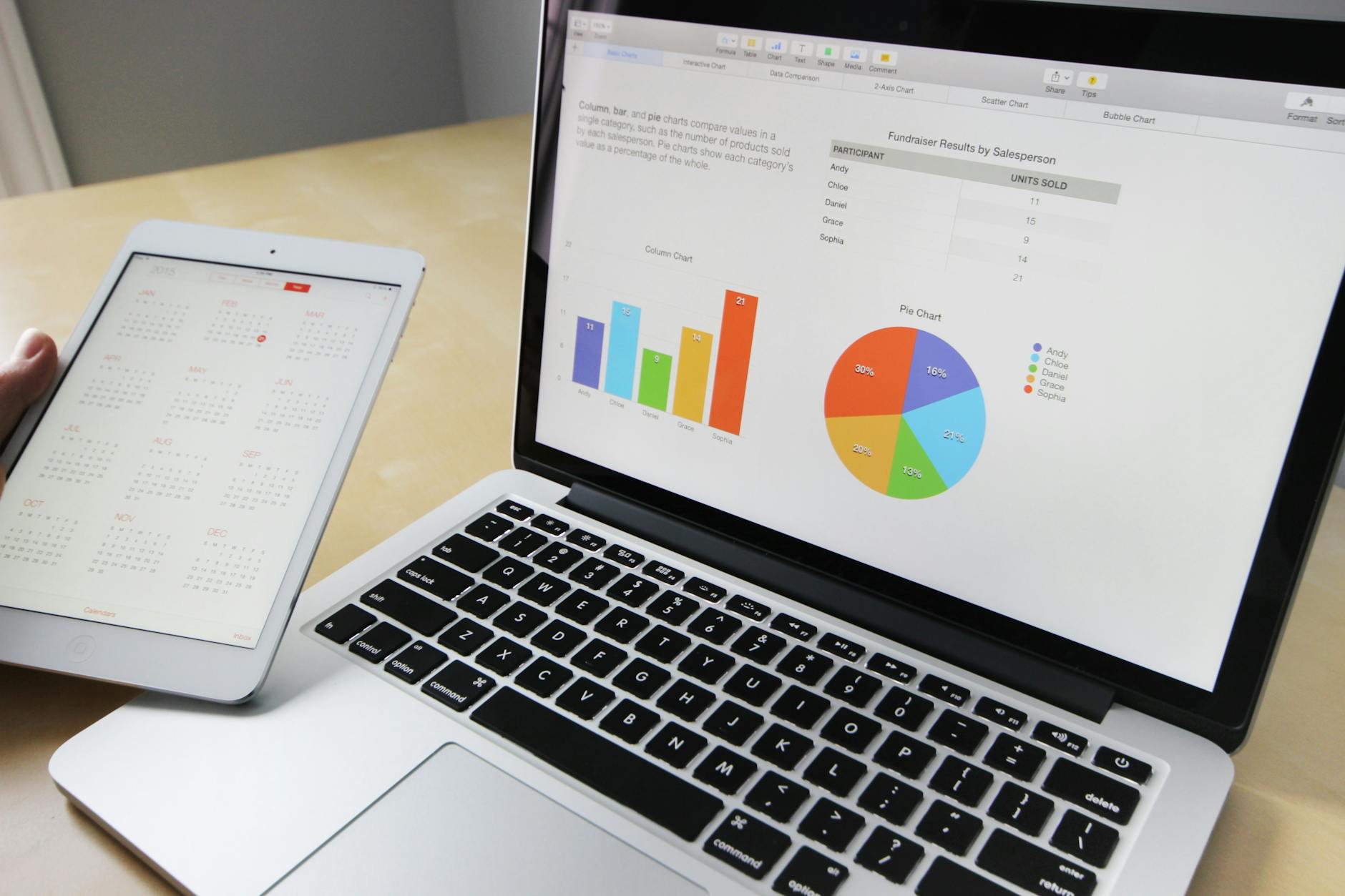Introduction
Creating detailed financial projections is a critical component of a business plan, essential for attracting investors and guiding your business strategy. Start by understanding the core financial statements: the Profit and Loss Statement, Balance Sheet, and Cash Flow Statement. If existing, use historical financial data as a foundation. For revenue projections, estimate sales for each product or service, considering pricing strategies and realistic growth assumptions.
In cost and expense projections, include fixed costs (like rent and salaries), variable costs (such as materials), one-time costs (equipment purchases), and operating expenses. Cash flow projections should reflect the cash generated from operations, investments, and financing activities.
The Profit and Loss Projections combine revenue and expense projections, typically shown monthly for the first year and annually for up to five years. Similarly, project your Balance Sheet, detailing assets, liabilities, and equity. A Break-Even Analysis is crucial to identify when your business will start generating profit.
Include best-case and worst-case scenarios to illustrate potential risks and rewards, and perform a sensitivity analysis to show the impact of changing key assumptions. Clearly state your funding requirements, how the funds will be used, and their expected impact. Ensure all projections are supported by realistic assumptions and documented calculations. Regular review and professional presentation of these projections are vital, and seeking expert financial advice is recommended for accuracy and realism.
Key Steps in conducting your financial projections
Creating detailed financial projections for your business plan involves several key steps and components. Here’s a plan of action to guide you through this process:
1. Understand Basic Financial Statements
- Profit and Loss Statement (Income Statement): Shows revenues, costs, and expenses during a specific period.
- Balance Sheet: Provides a snapshot of your business’s financial condition at a specific moment, showing assets, liabilities, and equity.
- Cash Flow Statement: Illustrates how changes in the balance sheet and income affect cash and cash equivalents.
2. Gather Historical Data (if applicable)
- If your business is already operating, gather historical financial data. This serves as a basis for projecting future performance.
3. Revenue Projections
- Estimate Sales: Forecast your sales for each product or service.
- Pricing Strategy: Determine pricing for each offering. Remember to align this to your market analysis.
- Growth Assumptions: Make realistic assumptions about sales growth based on market research, industry benchmarks, and marketing strategies.
4. Cost and Expense Projections
- Fixed Costs: Include rent, salaries, insurance, etc.
- Variable Costs: Costs that vary with production levels, like materials and shipping.
- One-time Costs: Such as equipment purchases or marketing campaigns. If you can rent/lease then do so.
- Operating Expenses: Day-to-day expenses required to run the business.
5. Cash Flow Projections
- Operating Cash Flow: Cash generated from your business operations. Sometimes payments may be delayed, so plan for this.
- Investment Cash Flow: Cash used for investing in assets, and cash received from sales of other assets.
- Financing Cash Flow: Cash received from issuing debt or equity, and cash paid as dividends.
6. Profit and Loss Projections
- Combine your revenue and expense projections to create a projected income statement. Show monthly projections for the first year and annual projections for the next two to five years.
7. Balance Sheet Projections
- Project your assets, liabilities, and equity for the same periods as your profit and loss projections.
8. Break-Even Analysis
- Calculate the point at which your business will be able to cover all its expenses and start generating a profit.
- What happens if you don’t break even at this point, so what happens if it takes another 6 to 12 months?
9. Best-Case and Worst-Case Scenarios
- Best-Case Scenario: Assume higher-than-expected sales, lower costs, or both.
- Worst-Case Scenario: Assume lower-than-expected sales, higher costs, or both.
- This helps investors understand the potential risks and rewards.
10. Sensitivity Analysis
- Show how changes in key assumptions will impact your financial projections. Sensitivity analysis is a financial modeling technique used to determine how different values of an independent variable affect a particular dependent variable under a given set of assumptions. This technique is used to predict the outcome of a decision if a situation turns out to be different compared to the key predictions.
11. Funding Requirements
- Detail how much funding you need, how it will be used, and the expected impact on your financial projections.
12. Supporting Documentation
- Include any assumptions, industry benchmarks, or calculations that support your projections.
13. Review and Revise
- Regularly review and update your projections as you gain more insight or as market conditions change.
14. Professional Presentation
- Present your financial projections in a clear, professional format. Use charts and graphs for better clarity and impact.
15. Seek Expert Advice
- Consider consulting with a financial expert or accountant to ensure accuracy and realism in your projections.
Remember, the key to effective financial projections is realism. Overly optimistic projections can undermine your credibility, while overly pessimistic projections may suggest that the business is not a viable investment. Strive for a balance, and always back up your projections with solid data and clear, logical assumptions.

